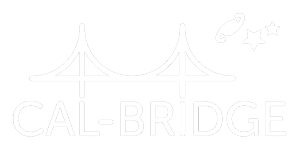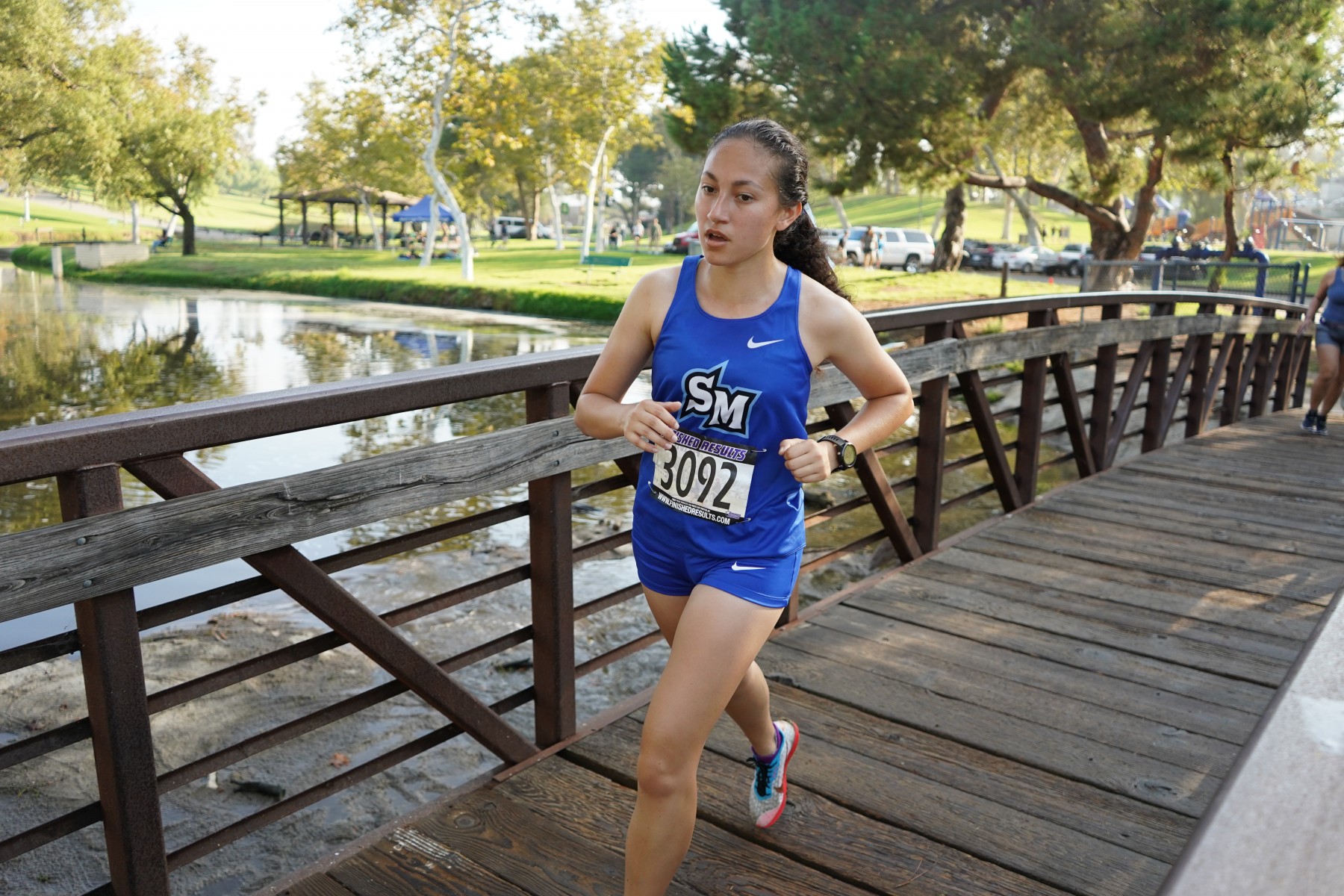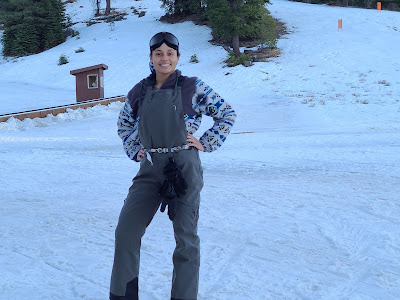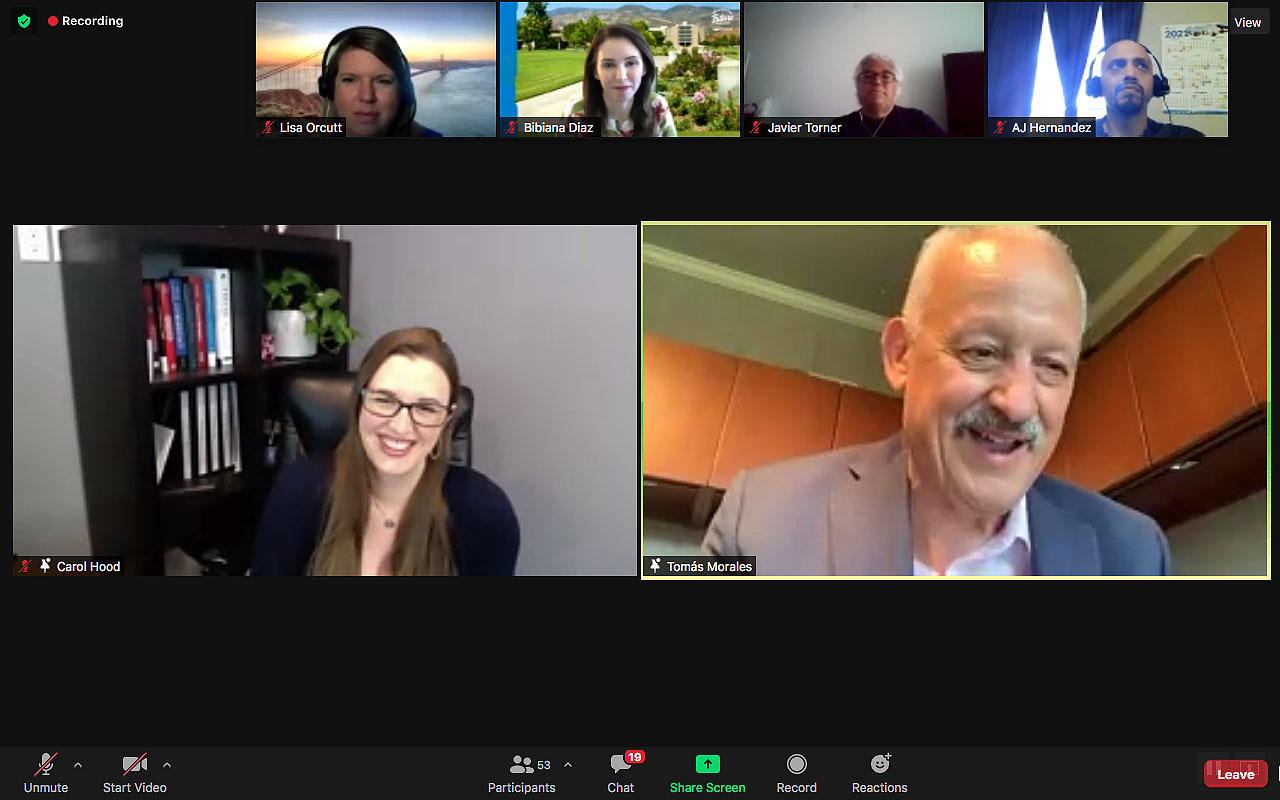Published: March 21, 2023
Publication: USC Rossier School of Education
Author: Adriana Maestas
While colleges and universities have improved the diversity of the undergraduate student body—with about 45% of students identifying as people of color, representing a gain of 30% over two decades—much work remains to be done in diversifying graduate degree programs that train future professors and leaders. Approximately one-third of undergraduates go on to pursue graduate studies, while the pipeline narrows for students of color who opt to take the next leap in their studies post-bachelor’s degree.
According to recent data from the Council of Graduate Schools, about 26% of all first-time graduate-school enrollees who were U.S. citizens or permanent residents were members of underrepresented minority groups in the fall of 2020. Financial pressure, spending excessive amounts of time in remedial education, and feeling isolated or unsupported are just some of the reasons why undergraduate students of color say they struggle and do not proceed in their studies.
Fortunately, USC Rossier faculty are applying research to practice, with the goal of better preparing universities to educate and train diverse students who intend to pursue graduate studies.
Some of the ways USC Rossier faculty are tackling the diversity problem in the professoriate pipeline include preparing undergraduates to be competitive applicants for graduate school, advocating for more equitable admissions practices, and providing resources for faculty and staff who work in graduate programs to foster a more supportive and welcoming environment for diverse students.
STEP 1: DIVERSIFYING THE PIPELINE
One of the first steps toward increasing access to graduate school is to better prepare upper-division undergraduate students for graduate study. One interdisciplinary training program that prepares underrepresented students, specifically Black and Latinx students, is the Research Institute for Scholars of Equity training program (RISE). Housed at a historically Black college, North Carolina Central University (NCCU), RISE counts USC Rossier Associate Professor Royel Johnson among its principal investigators and was the only HBCU to receive a grant from the U.S. Department of Education’s Institute of Education Sciences.
Inequities for Black and Latinx students often begin with lower-quality pre-kindergarten, creating an equity gap that becomes challenging to close. RISE fellows—juniors and seniors who come from the communities impacted by these inequities—have an interest in social equity and conducting research to improve the learning experiences and academic attainment of Black and Latinx students from pre-K through the university level. The RISE training program gives these undergraduate fellows an opportunity to conduct mixed-methods education research while receiving mentorship and support to prepare them for graduate study.
The next phase of the program, RISE 2.0, is a partnership between NCCU and USC. Students participate in a rigorous eight-week summer program, with sessions covering GRE preparation, applying to graduate school, and putting together a competitive application, said Johnson, who instructs RISE fellows. Funded with a training grant of $1.5 million, the program “provides resources to develop undergraduate researchers to study issues in education, similar to what a McNair program does,” he said.
The program has funding to train about 60 scholars, with cohorts of about a dozen, Johnson added. The first cohort of scholars participated in the summer session on the NCCU campus in 2022. Recruitment for student participants in RISE 2.0 is national in scope.
“The RISE scholars have housing and a meal plan at NCCU for the summer program,” said Johnson, who also serves as director of student engagement at the USC Race and Equity Center. “It’s an excellent opportunity to expose students of color who are studying at predominantly White institutions to HBCUs. There’s definitely a cultural legacy embedded in the program.”
RISE fellows receive $6,000 stipends, helping them focus on their studies instead of work. In addition, they benefit from an immersive experience focused on research methodologies, American schooling and educational laws, and policies and practices that impact Black and Latinx students. In addition to receiving 12 hours of GRE prep, fellows are also trained on human-subject research and can receive up to $900 for research-related expenses.
RISE 2.0 is a unique opportunity to build a pipeline of scholars of color who are prepared to enter graduate school with research questions they have already started to explore. Its programming extends beyond the summer into the academic year, with monthly check-in sessions and online convenings so that the undergraduates continue to build relationships and community as emerging scholars.
While USC and NCCU are partnering institutions in RISE 2.0, collaborating institutions include Houston- Tillotson University, Jarvis Christian College, Paul Quinn College, Temple University, Texas College, the University of New Mexico, the University of North Carolina–Wilmington, Wiley College and Virginia Union University.
“It’s an excellent opportunity to expose students of color who are studying at predominantly White institutions to HBCUs. There’s definitely a cultural legacy embedded in the program.” —USC Rossier Associate Professor Royel Johnson
Another promising California-based bridge program has the potential to move the needle on representation of scientists from underrepresented groups. The number of Latinx, Black and Native American students receiving STEM PhDs is about 14%, even though these groups make up more than 30% of the U.S. population. In the fields of physics and astronomy, the diversity problem is even more pronounced, with only 6% of PhDs awarded to members of underrepresented minority groups. While RISE focuses on scholars studying inequities in education, Cal-Bridge—a partnership of the University of California and California State University—creates opportunities for underrepresented students to increase their numbers in PhD programs in STEM fields.
USC Rossier Associate Professor Julie Posselt is a principal investigator for Cal-Bridge, which is designed for California State University (CSU) students interested in pursuing a STEM-related PhD with the goal of matriculating into a UC doctoral program. Through mentoring and professional development, the National Science Foundation-funded project helps underrepresented minorities, members of the LGBTQ+ community, disabled and first-generation students advance in STEM fields including physics, astronomy, computer science and computer engineering. Cal-Bridge recruits students entering their junior year at a CSU campus and supports them for three years, through their first year of graduate school. There are four pillars of support for Cal-Bridge students: 1) joint mentoring by two faculty, one from their home CSU campus and the other from a nearby UC campus; 2) need-based scholarships of up to $10,000 per year so program participants can cut back on their work hours to focus on their studies; 3) professional development workshops that prepare students to apply to PhD programs; and 4) a summer research opportunity.
The Cal-Bridge summer program enables the undergraduate scholars to participate in research projects for eight to 10 weeks in the summer. To ease the financial burden for participants, students are paid a stipend, and housing and travel costs are covered by the program.
Posselt said Cal-Bridge has been so successful that the California State Legislature has allocated $5 million into the state budget to support the program’s expansion. In her capacity as co-PI, Posselt has used research findings to inform project strategy via discussions with the project’s operational leadership. Posselt and her research team are using social network analysis and longitudinal departmental case studies to understand the progression of Cal-Bridge scholars pursuing graduate education in astronomy and physics. Data collection for Cal-Bridge began in summer 2019 and will continue for five years. Social network analysis can broaden the understanding of trust networks and how students who are historically underrepresented benefit from intensive mentoring and exposure to undergraduate research opportunities with their peers.
STEP 2: PREPARING GRADUATE SCHOOLS TO BETTER SUPPORT A DIVERSE STUDENT BODY
Preparing underrepresented students for graduate studies is just one piece of the puzzle. Another major challenge to creating equitable access to graduate schools involves changing the schools themselves. One such effort, which seeks to improve admissions policies at graduate schools and better prepare them to support increasingly diverse student populations, is the Equity in Graduate Education Consortium. Led by Posselt, this research initiative initially started as a project to scale holistic graduate admissions practices to six California universities. The consortium works with graduate programs and leaders to align policies and practices to equity and inclusion commitments. One of the goals is to apply racial equity research to build supportive, sustainable infrastructure that transforms and reconfigures structures that have excluded students of color and those from other underrepresented backgrounds.
Many of the underlying inequality issues with graduate education have roots in the challenges students face during their baccalaureate studies. Undergraduates from underserved backgrounds are more likely to have to work to support themselves during their studies than other students, and those from low-income families are more likely to work longer hours than their more affluent peers, cutting into time that could be spent studying or engaging in a research program that would help in determining an area of study for graduate school. Research shows that undergraduates who work more than 20 hours per week have lower grades and retention rates.
Excellent grades and experience in conducting research are some of the qualities that have traditionally defined competitive graduate school applicants. Those qualities are biased against students who are underrepresented or from lower socioeconomic backgrounds, many of whom are students of color. Creating a more equitable graduate admissions process involves taking a more holistic approach to evaluating an applicant. This means implementing the kind of equity-minded organizational change that Posselt’s research calls for.
For Posselt—who is also affiliated with the Pullias Center for Higher Education, a USC Rossier research center aimed at addressing major challenges in educational equity—these changes could include using new rubrics to evaluate prospective graduate students, improving diversity in a holistic review process. Other changes might include actively involving faculty to participate in recruiting students from racially minoritized groups, and learning from programs that have been successful in implementing designs for equity.
“Equity is more than closing gaps. It’s doing what it takes to keep gaps closed, keep diverse scholars engaged at all levels of education, and re-create the broken systems, structures and cultures that contribute to inequalities,” Posselt said. “Every year, more and more people and organizations are ready to take on this challenge, and it’s a privilege to lead research-practice partnerships that are helping them do so.”
Once these students arrive in graduate school, the institutions that accept them are often not wholly prepared to receive and support them. The Equity in Graduate Education Consortium, which Posselt directs and serves as principal investigator, offers professional and organizational development to change-ready universities, graduate programs and faculty to transform graduate admissions and recruitment.
This project has now scaled up to 13 universities nationally, including 84 PhD programs. The organizational change model has been so successful in diversifying applicants and enrollees in doctoral programs that it has also been replicated by a group of universities in England.
“Equity is more than closing gaps. It’s doing what it takes to keep gaps closed, keep diverse scholars engaged at all levels of education, and re-create the broken systems, structures and cultures that contribute to inequalities.” —USC Rossier Associate Professor Julie Posselt
The consortium’s workshops provide guidance on how graduate programs can begin implementing changes to policies and practices that have undermined the access and success of racially minoritized students. For instance, developing equity-minded mentoring relationships between faculty and graduate students is one area that can profoundly impact success. The workshops also teach faculty how to distinguish among mentoring, advising, supervising and sponsorship activities and train them on how to have culturally responsive conversations with mentees across social differences. Recognizing the overall well-being of minoritized students is also tackled in terms of how to have open conversations about mental health, wellness, and how racism and isolation can pose a risk to diverse graduate students.
STEP 3: DEMYSTIFYING THE PROFESSORIATE
Graduates of master’s and doctoral programs often go on to fulfill leadership roles in academia and other sectors and become faculty at institutions of higher education. One of the goals of diversifying graduate student bodies is also to diversify these very leadership roles and higher ed faculty. Just as there are unwritten rules on the path to becoming an academic, from how grad school applications are prepared to entering a doctoral program with research questions identified, there are additional rules in the job-search process to seek a tenure-track position. How candidates present in interviews and at academic conferences, how those candidates are judged by other faculty and the number of publications the applicant has in peer-reviewed journals are just some of the many factors that influence who becomes a professor.
USC Rossier faculty are noted for taking an equity-minded approach to their research. The professors are also known for informing their graduate students about the processes and structures that their students will encounter as they embark on their academic careers. “There are a few ways that I see USC Rossier faculty working to diversify the professoriate,” said Wilmon A. Christian III, director of workplace equity at the USC Race and Equity Center. “On a smaller scale, our faculty participate in coaching, mentoring, and sponsoring and working with underrepresented students in hands-on ways to prepare them for the rigors of the professoriate. The other important thing that happens is how USC Rossier faculty demystify the professoriate and explain what they do and what it takes to get into these positions with their research and the projects that they are involved in.”
“Reflecting on my own experience,” Christian added, “coming from an HBCU and attending graduate school at a predominantly White institution, I’m grateful that I had mentors who broke things down for me and helped me with small things, like how I was crafting my personal statement, how I was refining my research interests and connecting with scholars who were doing the research and work that I was interested in pursuing.”
Taking a systems-and-structure approach to creating that ripple effect in attracting, recruiting and retaining emerging scholars of color is what USC Rossier faculty are pursuing to diversify the professoriate. This involves applying research findings and insights to understand why existing structures have produced a college professoriate that is not as diverse as the growing student population. A systems approach also involves examining the relationships among students, faculty and staff within and outside the college campus and the policies and practices that impact those students. In addition, this approach acknowledges that interactions with systems in a student’s environment can have a profound impact on their success and preparation for postbaccalaureate studies.
“Reflecting on my own experience, coming from an HBCU and attending graduate school at a predominantly White institution, I’m grateful that I had mentors who broke things down for me and helped me with small things.” —Wilmon A. Christian III, director of workplace equity at the USC Race and Equity Center
“When we think about improving access to graduate education and how we can diversify the faculty, we need to shift from individual responsibility and look more at institutional responsibility,” Posselt said.
The programs and research that USC Rossier faculty are involved in to promote diversity in graduate education and prepare underrepresented students to enter the academy as professors remind us that institutions and organizations can take more responsibility in their commitment to equity and diversity. USC Rossier’s scholars are committed to applying their research in practical ways to address the institutionalized racism in higher education that has kept scholars of color and other marginalized people out of the professoriate. The school’s commitment to diversifying the professoriate does not end with preparing graduates for the job market. Since 2020, more than 80% of the school’s faculty hires—including the appointment of Royel Johnson—have been scholars of color.Illustration/Sonia Pulido





